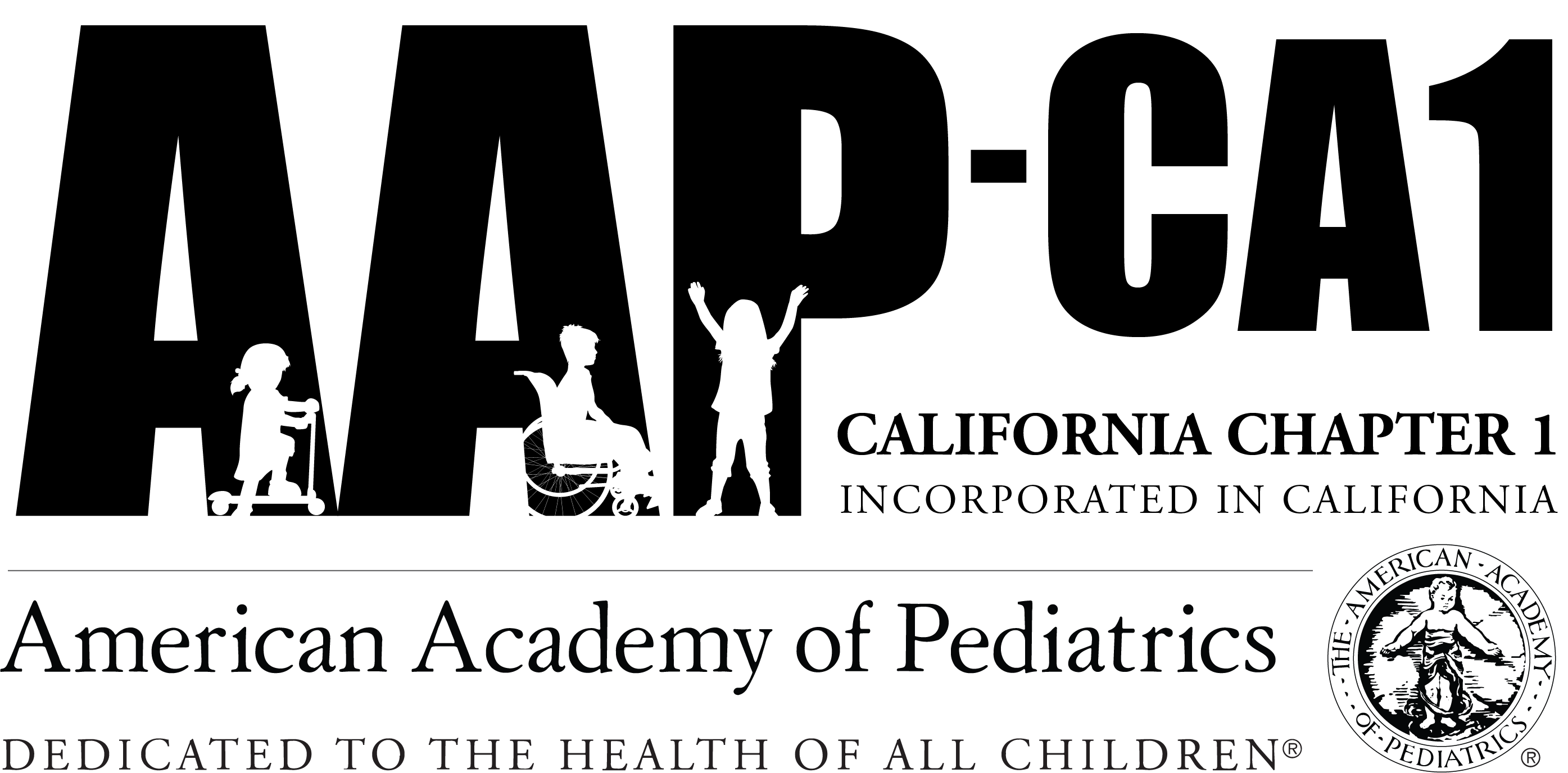What’s Up Docs? Article
Chrysa Cheronis, M.D.
Posted March 25, 2022
.

From the safety of my home across the Atlantic, I watch the war in Ukraine unfold. The humanitarian crisis that has developed is not just limited to the loss of power, heat, and running water for many Ukrainian cities – civilians are now running for their lives as residential areas throughout the country are targets for bombardment. Attempts to flee these areas are further impeded, as heavy shelling is preventing the safe passage of humanitarian columns with Ukrainian and foreign citizens, as well as the delivery of medicines and food. Amongst the growing number of civilian casualties, over 100 are children. As of March 25th, more than 3 million Ukrainians, including one million children, have fled their homes and have arrived in neighboring countries seeking refuge. According to the United Nations High Commissioner for Refugees, the number of people needing protection and assistance in neighboring countries may increase to more than 4 million in the coming months [1]. Fortunately, neighboring countries have welcomed this influx of refugees, with the European Union activating its Temporary Protection Directive (TPD) on March 4th to all refugees fleeing Ukraine. Similarly, the United States took a key first step in welcoming Ukrainian refugees, by offering Temporary Protection Status to any Ukrainian arriving to the US prior to March 1st; this will allow refugees from Ukraine to legally live and work in the US for the next 18 months [2]. On March 24th, the United States also announced that the country will welcome up to 100,000 Ukranians and other individuals fleeing the conflict. [3]
I strongly commend these efforts to welcome and provide aid to refugees displaced by the conflict in Ukraine; the severity and gravity of the situation cannot be overstated. However, this open-arm welcome stands in sharp contrast to the treatment of previous waves of refugees fleeing to Europe from places like Iraq, Syria and Afghanistan. In the United States, a similar parallel can be drawn with refugees from Latin America, who are also fleeing due to violence, persecution, and impoverishing conditions. During the COVID-19 pandemic, a public health law known as Title 42 was provisioned, issuing an order that gave border officials the authority to immediately turn migrants away at the southwest border (with the exception of unaccompanied minors) even if they were seeking asylum. On March 4th, a US appeals court ruled that the administration can no longer use this title to justify expelling migrant families who cross the border without documentation, if doing so would subject them to persecution or torture. This reconstituted an important path towards asylum for these families and represents a step, albeit a small one, toward broader immigration reform[4].
The effects of war and migration on child health have been well studied. Children affected by war, conflict, displacement, and separation from parents or traditional caregivers are at high risk of both immediate and long-term poor health outcomes. The grueling journey and the multiple stressors faced by refugee children, both accompanied and unaccompanied during the pre-migration, migration, and in the country of destination, increase their risk for psychiatric disorders and other medical conditions [5]. This, of course, holds true for all refugee children, regardless of their country of origin.
Today marks the 30th day of the war in Ukraine, and the catastrophe continues- critical infrastructure, residential buildings and even hospitals and schools are being targeted. War crimes have been committed and continue to be perpetrated. Though diplomatic measures, including sanctions, have been implemented, State Department officials agree that the desired impact of these efforts will take precious time. All the while, children, along with their families, continue to be displaced.
As pediatricians, we are uniquely situated to assist migrant children, as we may be one of the first professionals to interact with them and their families. We also are uniquely equipped to shed light on our patients’ stories and advocate for policies that will benefit child health—such as the repeal of Title 42—and should strive to provide culturally competent and equitable care to our patients. For more information on how to do so, the AAP has created an Immigrant Child Health Toolkit, with comprehensive resources on clinical care, public health benefits, mental health, and legal aid for our immigrant patients[6]. For children on the run, let’s meet them at the finish line.
Sources:
- United Nations Higher Committee for Refugees (2022, March 1). UN seeks US$1.7 billion as humanitarian needs soar in Ukraine and neighbouring countries [Press release]. Retrieved from https://www.unhcr.org/news/press/2022/3/621e0aa74/un-seeks-us17-billion-humanitarian-needs-soar-ukraine-neighbouring-countries.html
- United Nations Higher Committee for Refugees (2022, March 4). News Comment: UNHCR welcomes EU decision to offer Temporary Protection to Refugees fleeing Ukraine [Press release]. Retrieved from https://www.unhcr.org/en-us/news/press/2022/3/6221f1c84/news-comment-unhcr-welcomes-eu-decision-offer-temporary-protection-refugees.html
- Keith, T. (2022, March 24). The U.S. will take in up to 100,000 Ukranian refugees fleeing the war. NPR. Retrieved from https://www.npr.org/2022/03/24/1088506487/us-ukraine-refugees?t=1648229686802
- Sullivan, E. (2022, March 4). An appeals ruling bars the U.S. from expelling any endangered migrant families on public health grounds. New York Times. https://www.nytimes.com/live/2022/03/04/world/covid-19-tests-cases-vaccine/an-appeals-ruling-bars-the-us-from-expelling-any-endangered-migrant-families-on-public-health-grounds
- Hynie, M. (2018). The Social Determinants of Refugee Mental Health in the Post-Migration Context: A Critical Review. Canadian Journal of Psychiatry. Revue Canadienne De Psychiatrie, 63(5), 297–303. https://doi.org/10.1177/0706743717746666
- Meneses C, Chilton L, Duffee J, et al. “Immigrant Child Health Toolkit”. American Academy of Pediatrics. https://downloads.aap.org/AAP/PDF/cocp_toolkit_full.pdf. Date of Access: March 7, 2022
Read more What’s Up, Docs? Articles
